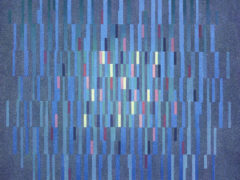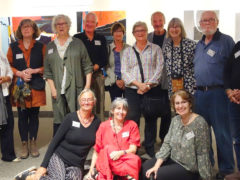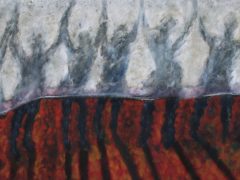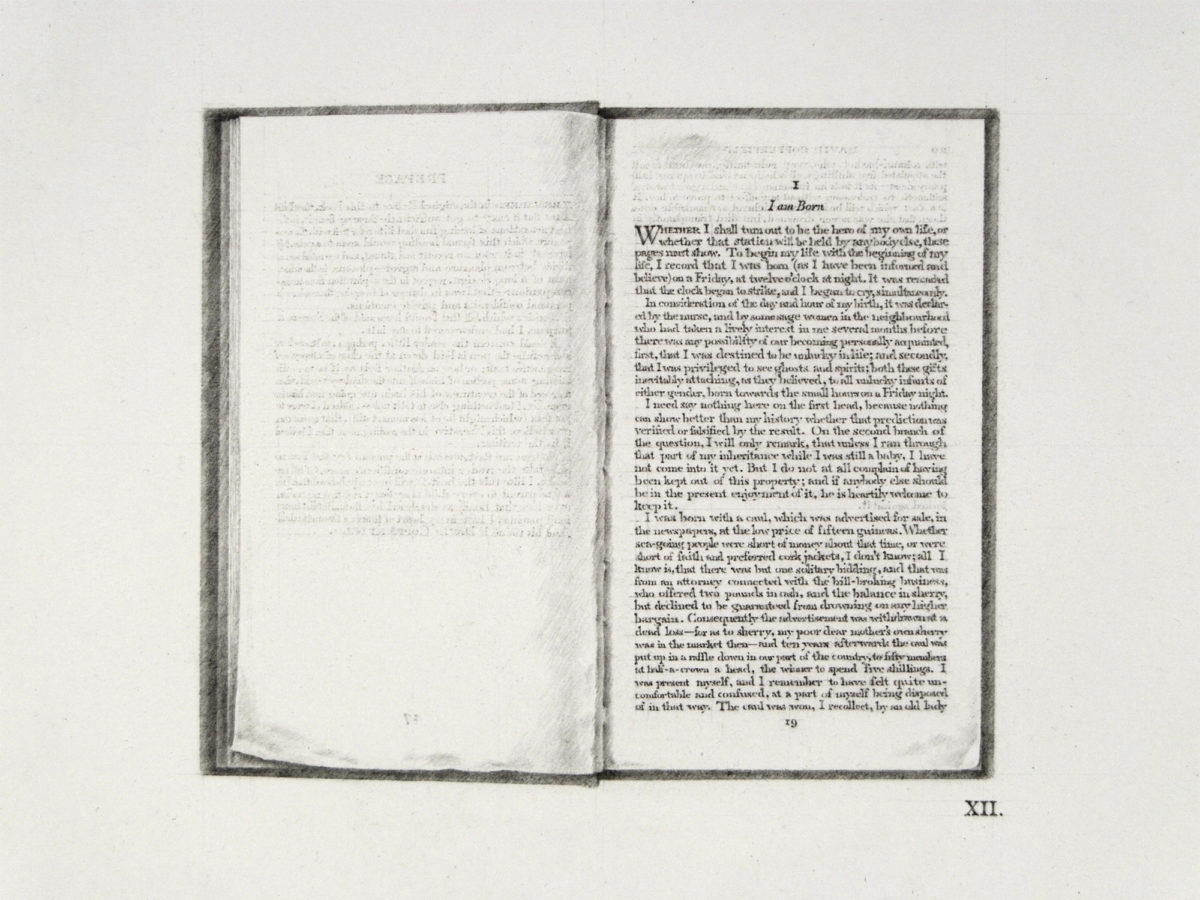
Jack Wong – January Featured Artist

I grew up in Vancouver and completed a Bachelor of Applied Science at the University of British Columbia, before moving to Halifax in 2010 to study at NSCAD University. My work consists of drawing and performative or participatory projects.
One of the things I sensed in the few years that I was employed as an engineer was how poorly my education in a technical field had prepared me to be a critical citizen and to think through the sociopolitical landscape (starting with my engineering work). Among other reasons, I felt anxious to be better equipped to interpret the world around me, which motivated my transition into the arts. My childhood interest in drawing and painting accounts for me choosing fine art in particular, but my interactive projects continue to draw from a particular urgency for thinking. My art is a means with which I can temporarily sequester my fears of critical inadequacy and act upon, experiment with, test out an opinion or a position.
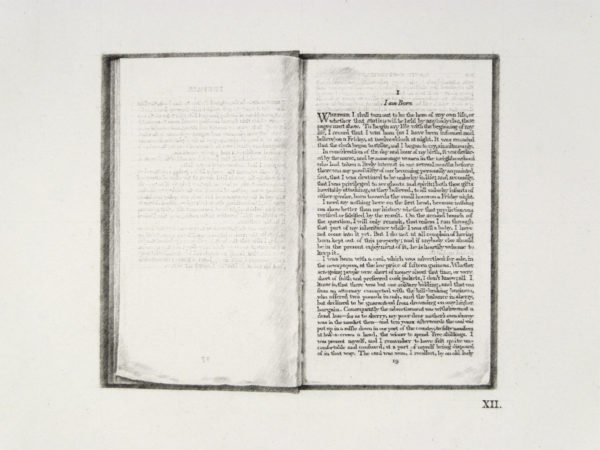
tools in an artistic strategy
I became involved at VANS when I had an opportunity to exhibit at the Corridor Gallery in 2013, and stayed on as a volunteer. My first task was finding links to add to VANS’s Online Resources for members—essentially, I was given an extra push and friendly support to research topics that I wanted to learn about anyway (e.g. how to pack and ship artwork), as well as a platform to share my discoveries with others. I also got to attend the various workshops VANS hosted by volunteering to oversee the sessions.
For me, one of the rewards of learning about the professional aspects of an art career is being able to play with them as tools in an artistic strategy, once I’d gained a grasp of their workings. My projects have riffed on press releases (I sent one out for every day of my graduating exhibition at the Anna Leonowens Gallery—I got a few less-than-pleased responses, but my email address doesn’t seem to have been permanently blocked by the corresponding institutions), and buyer’s contracts, one of which I attempted to auction off at Eyelevel Gallery’s annual fundraiser for drawings I hadn’t made yet. For the contract piece, I got in touch with the Artists’ Legal Information Society (ALIS) which I knew from the workshops they held at VANS. It was serious, and it was a lot of fun.
overcoming the roadblocks to communicating linguistically
My drawings are born of a personal frustration with not being able to communicate fluently via pictures. One stream of drawings I currently make are “verbatim” renderings of book pages, which I call illustrations: typically, when an illustration accompanies a story, it’s there because a picture is supposedly worth a thousand words, but for the particular texts I’m trying to illustrate I’m contending that only the words themselves can adequately represent the ideas therein, so the best I can do is to draw the letters out one-by-one. Even so, this becomes paradoxical to the extent that words are themselves visual, and manifested in objects.
I became interested in performative and participatory projects as a way of overcoming the roadblocks to communicating linguistically through visual art, while still thinking in terms of a visual art vocabulary of form, structure, etc. I’m just finding my bearings in this medium, but so far it’s been about figuring out the simplest form (a scenario, a proposition, a limitation) that gets the most across—for example, at the previous Nocturne: Art at Night, I offered a six-course meal for free to passersby, but they had to agree not to leave the gallery for the remainder of the evening.
connection with a responsive audience
A general challenge for me—and for most artists I know—is finding, and connecting with, a responsive audience. The common lament is, of course, that the most interaction one gets with viewers is at the opening reception, where polite congratulations is the order of the day, not constructive feedback. It turns out that whether it’s work that people react positively to, or adversely, the same holds true: in a recent work where I placed a brick within the microGALLERY at NSCAD, some people (I heard) got upset, but nobody actually wanted to talk to me about it; it all got deflected to art administrators and online comment threads.
That’s part of the motivation behind the Nocturne project, too—to wonder if engaging 25 people for six hours would be as equally valuable as being seen by a hundred times the audience but not really knowing if the work was a worthwhile experience for anyone. I’m interested in what ideas of inclusivity and diversity look like when it’s regarded in terms other than a metric.
the rest is top secret
Besides drawing, I’m currently researching and writing on the topics of allegory, postmodernism, and video art, and on non-display in contemporary practice. The rest is top secret.

